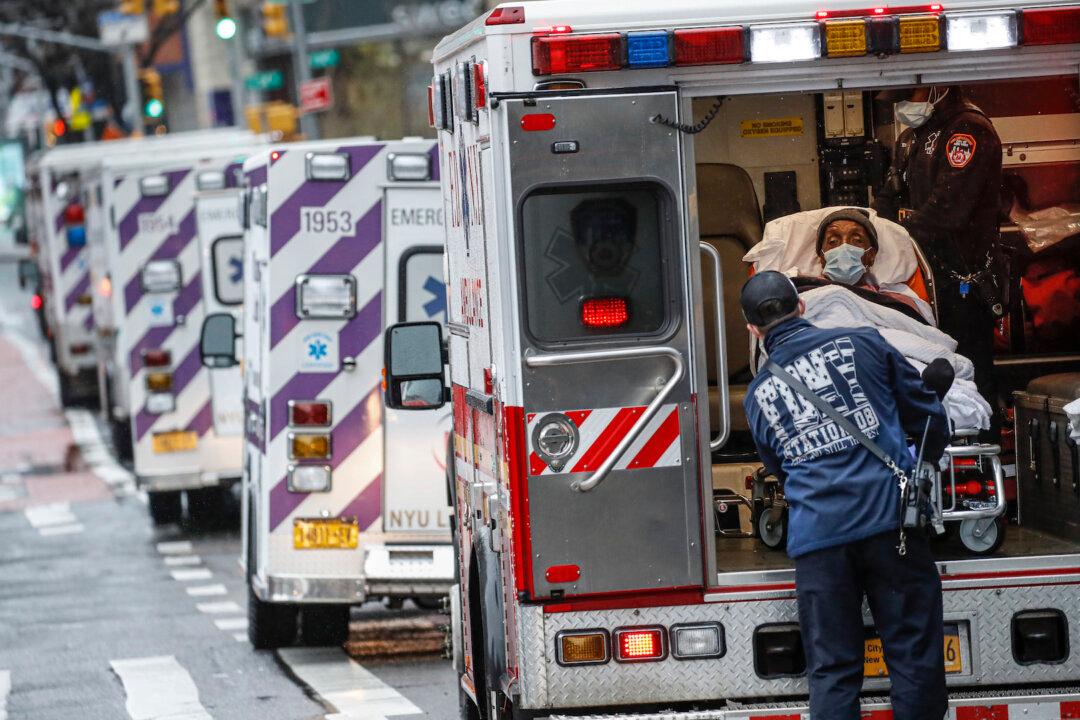A COVID-19 forecasting model developed by the University of Washington’s Institute for Health Metrics and Evaluation (IHME) has projected significantly lower estimates of total deaths from the pandemic into early August, according to an April 17 update.
The updated mortality projection for the United States by the IHME is 60,308 deaths (with an estimated error range of 34,063 to 140,381) by Aug. 4. Mortality projections according to the older April 13 model were 68,841 (with an estimated range of 30,188 to 175,965).





